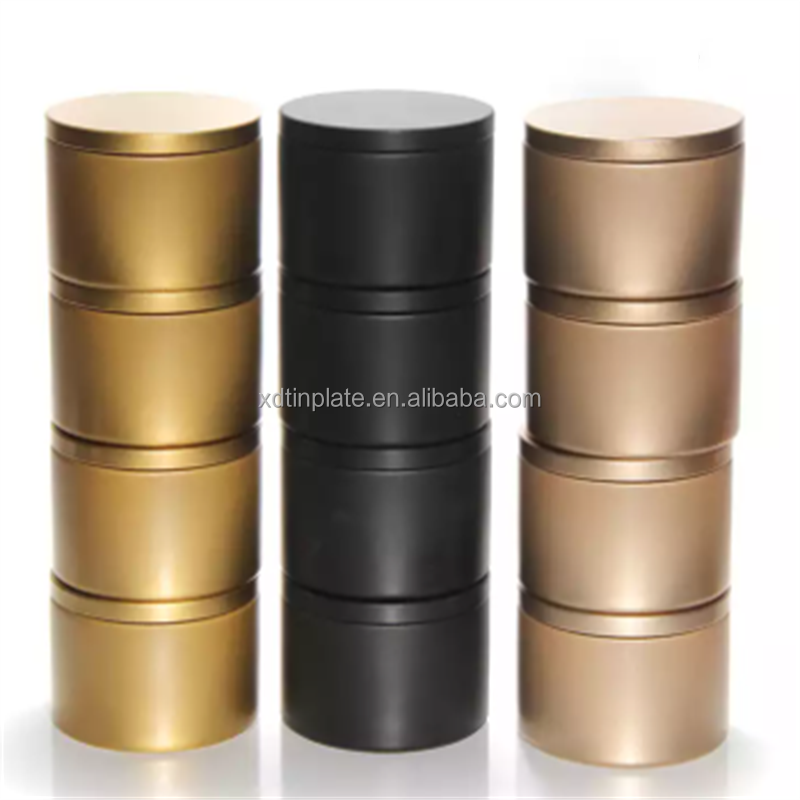
12 月 . 04, 2024 16:22 Back to list
Eco-Friendly Roofing Solutions for Sustainable Green Building Practices
The Rise of Green Roofs A Sustainable Urban Solution
In recent years, the concept of green roofs has been gaining momentum as cities around the world grapple with the pressing challenges of urbanization, climate change, and environmental degradation. A green roof, as the name suggests, involves a layer of vegetation planted on the roof of a building, providing a multitude of benefits that promote sustainable living in urban environments. This article delves into the features, benefits, and future of green roofs, underscoring their crucial role in enhancing urban ecosystems.
Understanding Green Roofs
Green roofs can be categorized into two primary types extensive and intensive. Extensive green roofs are relatively shallow and require minimal maintenance. They are typically populated with drought-resistant plants such as sedums and mosses. On the other hand, intensive green roofs are designed to support a wider variety of plants, including shrubs and small trees, providing a more lush and diverse ecosystem. While intensive green roofs require more maintenance and a heavier structural support due to the increased soil depth, both types contribute significantly to urban sustainability.
The Environmental Benefits
One of the most significant advantages of green roofs is their ability to mitigate urban heat islands, a phenomenon where urban areas experience higher temperatures than their rural surroundings due to human activities. By covering concrete and asphalt surfaces with vegetation, green roofs help lower ambient temperatures, reducing energy consumption for cooling in adjacent buildings. This energy efficiency can lead to substantial cost savings and decreased greenhouse gas emissions.
Additionally, green roofs play a vital role in stormwater management. Traditional roofs can contribute to runoff, while green roofs absorb rainfall, reducing the volume and speed of water entering drainage systems. This is particularly important in densely populated areas where flooding can occur following heavy rains. By capturing rainwater, green roofs not only help prevent urban flooding but also filter pollutants, contributing to cleaner waterways.
Biodiversity and Urban Wildlife
Green roofs provide essential habitats for a variety of species, promoting urban biodiversity. Birds, insects, and other wildlife benefit from the greenery and natural ecosystems that these roofs create. Local flora planted on green roofs can serve as food sources and nesting sites, helping sustain urban fauna. This ecological enhancement is critical as many urban areas face significant biodiversity losses due to habitat destruction and the proliferation of impervious surfaces.
green sheet roof

Social and Economic Considerations
Beyond environmental benefits, green roofs offer social and economic advantages as well. They create green spaces that can be utilized for recreation, relaxation, and community gatherings, contributing to improved mental health and wellbeing. In densely populated cities where green spaces are limited, these rooftops can serve as crucial urban oases.
Economically, green roofs can increase property values. Buildings with green roofs often attract tenants and buyers looking for sustainable living options. Furthermore, various government incentives are available in many regions, encouraging the development of green roofs through tax credits and grants, making them a financially viable option.
Challenges to Implementation
Despite their numerous benefits, several challenges hinder the widespread adoption of green roofs. Initial installation costs can be high, and building owners often seek immediate returns on investment, which can deter them from committing to green roof projects. Additionally, structural considerations must be evaluated to ensure that buildings can support the added weight of soil and vegetation. Proper maintenance is also crucial to the success of green roofs, requiring dedicated resources and expertise.
The Future of Green Roofs
As cities continue to grow, the need for sustainable solutions like green roofs will only increase. With advancements in technology and a growing awareness of climate change, the future of green roofs looks promising. Innovations such as modular green roof systems, which simplify installation and maintenance, are emerging, making these solutions more accessible.
In conclusion, green roofs represent a transformative approach to urban living. With their myriad environmental, social, and economic benefits, they are an essential component of the sustainable cities of tomorrow. To combat the challenges posed by urbanization and climate change, embracing green roofs is not just an option; it is imperative. As communities recognize the importance of green space, these green roofs will undoubtedly continue to adapt and flourish, transforming city skylines into vibrant ecosystems.
-
Galvanized steel sheet price hot-dip galvanized
NewsMar.07,2025
-
Galvanized steel sheet price hot-dip galvanized
NewsMar.07,2025
-
Galvanized steel sheet price hot-dip galvanized
NewsMar.07,2025
-
Galvanized steel sheet price hot-dip galvanized
NewsMar.07,2025
-
Galvanized steel sheet price hot-dip galvanized
NewsMar.07,2025
-
buy corrugated roof sheet end capping
NewsMar.07,2025